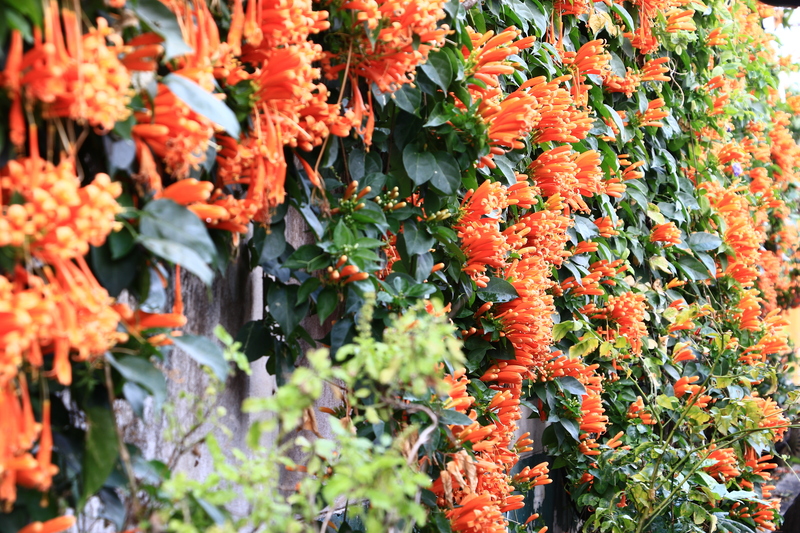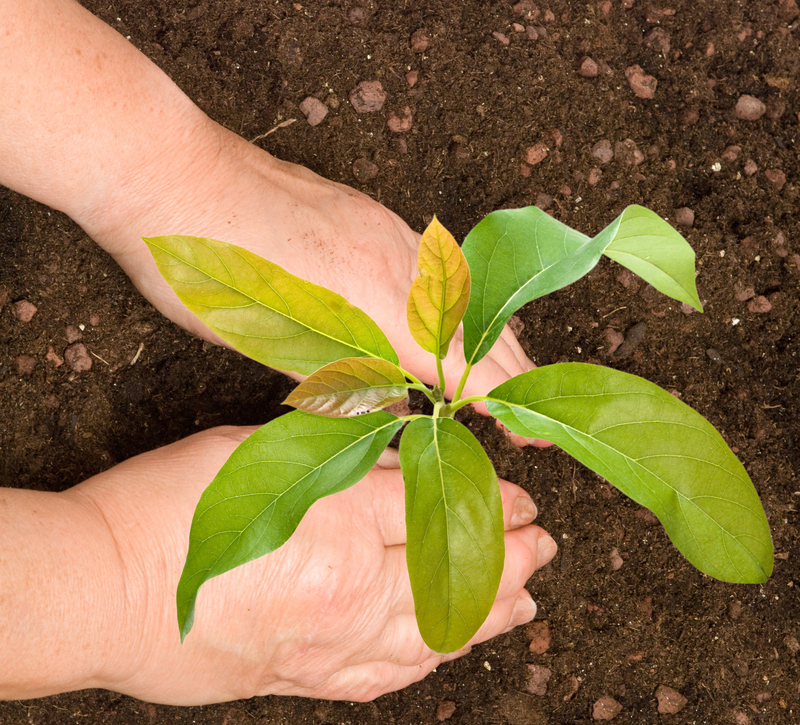Essential Lawn Care Techniques for Beginners Seeking a Lush Yard
A lush, green yard is the hallmark of a beautifully maintained home. Whether you've just moved into a new property or are ready to transform your outdoor space, mastering lawn care techniques is your first step toward the yard of your dreams. With the right approach, even beginners can cultivate thick, healthy grass that turns heads. In this comprehensive guide, we'll cover the essential lawn care strategies you need to achieve and sustain that enviable, emerald-green carpet.
Understanding Your Lawn: The Fundamentals
Before embarking on your lawn care journey, it's important to understand the unique needs of your grass and soil. Recognizing your lawn's requirements allows you to apply the most effective techniques for vibrant, dense growth.
Choose the Right Grass Type
Not all lawns are created equal. Grass types vary depending on climate, soil, and sunlight. The two primary categories are:
- Cool-season grasses (e.g., fescue, bluegrass, ryegrass) - Best for regions with cold winters and mild summers.
- Warm-season grasses (e.g., Bermuda, zoysia, St. Augustine) - Thrive in the heat and are perfect for southern climates.
Tip: Local garden centers can help you identify the ideal grass variety for your location.
Test and Prepare the Soil
Healthy grass starts with healthy soil. Soil testing identifies pH levels and nutrient deficiencies, allowing you to customize your fertilization routine. Keep these points in mind:
- Soil pH should generally be between 6.0 and 7.0 for most grasses.
- Add lime to raise pH, or sulfur to lower it, as needed.
- Incorporate organic matter (like compost) to boost soil fertility and structure.

Lawn Maintenance Tips for Beginners
Now that you've laid the groundwork, let's dive into the top lawn maintenance techniques that every beginner should know to achieve a lush yard.
Regular Mowing for a Uniform Lawn
Mowing is more than just cutting grass--it's about encouraging healthy, dense turf. Mastering this basic technique can have a significant impact on your yard's appearance.
- Never remove more than one-third of the grass blade per mowing.
- Keep mower blades sharp for clean cuts that won't stress the grass.
- Change your mowing pattern regularly to prevent soil compaction.
- Adjust cutting height according to season and grass type--a taller mow in summer helps shade soil and retain moisture.
Pro Tip: Leave grass clippings on the lawn as natural mulch and a source of nitrogen.
Proper Watering Techniques for a Healthy Green Lawn
Watering is perhaps the most misunderstood aspect of lawn care for beginners. Overwatering and underwatering are common mistakes. Instead, focus on these watering principles:
- Water deeply and infrequently to encourage deep root growth--generally 1 inch per week.
- Early morning is the ideal time to water, reducing evaporation and discouraging fungal diseases.
- Use a rain gauge or empty can to measure your sprinkler's output.
Signs of drought stress include: footprints remaining on the grass, bluish-gray discoloration, or wilting blades.
Fertilizing for a Thicker, Greener Lawn
Lush lawns require a steady supply of nutrients. Fertilizing your lawn correctly is vital for vibrant growth and weed resistance.
- Apply a balanced, slow-release fertilizer suited to your grass type--usually in early spring and fall for cool-season grasses, and late spring and summer for warm-season grasses.
- Follow package directions to prevent over-fertilization, which can burn your lawn.
- Consider organic fertilizers for environmentally friendly lawn care solutions.
Controlling Weeds, Pests, and Diseases
Part of successful lawn maintenance is noticing problems before they escalate. Weeds, pests, and diseases can all compromise the lush look you're after.
- Weed control: Hand-pull small weeds early or apply pre-emergent herbicides in spring. A thick, healthy lawn naturally crowds out many weeds.
- Pest management: Identify the culprit first. Many pests (like grubs and chinch bugs) can be treated organically or with targeted pesticides.
- Disease prevention: Avoid overwatering and overcrowding; improve air circulation by mowing correctly and aerating as needed.
Lawn Care Techniques to Boost Growth and Thickness
Once you've established a solid maintenance routine, elevate your yard by employing these advanced yet beginner-friendly lawn care techniques for maximum density and vigor.
Aerating Your Lawn: Why and How
Lawn aeration involves removing small plugs of soil, allowing air, water, and nutrients to penetrate the root zone. This reduces soil compaction and promotes deeper roots.
- Aerate once per year, preferably in the growing season for your specific grass type.
- Use a manual or machine aerator for best results--simple rentals are widely available.
- Follow up with overseeding and fertilizing to maximize thick, new growth.
Overseeding for a Thicker Lawn
Overseeding fills in bare patches and introduces new grass varieties that may be more resilient. Follow these tips:
- Mow the existing lawn short and remove debris.
- Use a spreader for even seed distribution.
- Water gently but regularly until seedlings are established.
- Apply a thin layer of compost or topsoil to improve seed-to-soil contact.
Note: The best time to overseed is in early fall for cool-season grasses, and late spring for warm-season grasses.
Dethatching: Removing Excess Build-Up
Thatch is a layer of dead grass stems, roots, and debris that can suffocate your grass if it becomes too thick (over 0.5 inches). Dethatching improves air and water movement.
- Use a dethatching rake or rent a power dethatcher.
- Remove debris after dethatching and follow up with watering and fertilization.
- Most lawns benefit from dethatching every 2-3 years.
Seasonal Lawn Care Advice for Beginners
Each season brings unique challenges and opportunities. Tailoring your lawn care methods to the time of year boosts effectiveness and ensures a lush, year-round yard.
Spring Lawn Care Tips
- Rake to remove winter debris and prevent matting.
- Aerate if compaction is present.
- Overseed thin patches and start fertilizing.
- Apply pre-emergent weed control before weed seeds germinate.
Summer Lawn Maintenance Guide
- Water deeply when rainfall is insufficient.
- Raise mowing height to keep roots cool.
- Spot-treat emerging weeds and address pests or diseases immediately.
- Mulch clippings for moisture retention.
Fall Lawn Care for Beginners
- Aerate and overseed to build lawn density.
- Feed your lawn with a high-potassium fertilizer to prepare for winter dormancy.
- Rake fallen leaves to prevent mold.
Winter Lawn Preparation
- Keep the lawn free of debris and heavy traffic.
- Apply winterizing fertilizer, if appropriate.
- Store your mower and tools properly for the next season.
Common Lawn Care for Beginners: Mistakes to Avoid
Learning the essential lawn care methods also means understanding what not to do. Avoid these pitfalls for the best results:
- Overwatering--Leads to shallow roots and fungal issues.
- Cutting too short--Weakens grass and allows weeds to take hold.
- Ignoring soil health--Skips the foundation for lush growth.
- Improper fertilization--Burns grass or causes fast, weak growth.
- Skipping maintenance--Neglecting regular mowing, watering, or weeding sets your lawn back significantly.

Eco-Friendly Lawn Care Tips for a Sustainable Yard
A lush yard doesn't have to mean a negative environmental impact. Check out these sustainable approaches:
- Choose drought-tolerant grass species for your region.
- Reduce chemical use--opt for organic fertilizers and natural weed control.
- Compost lawn clippings to return nutrients to the soil.
- Plant native groundcovers in low-traffic or shady areas where grass struggles.
- Use a manual or electric mower to cut down on fossil fuel usage.
Conclusion: Your Journey to a Lush, Healthy Lawn
Achieving a lush yard as a lawn care beginner is absolutely possible--armed with the right knowledge, a little patience, and consistent effort. By following these essential lawn care techniques, you'll not only create a beautiful, welcoming outdoor space but also foster a lawn that's healthy, resilient, and the envy of your neighborhood.
Remember: The key to success lies in understanding your lawn's unique needs, performing regular maintenance, and adjusting your approach with the seasons. With time, you'll develop the confidence and skill to keep your yard looking lush and beautiful year-round.